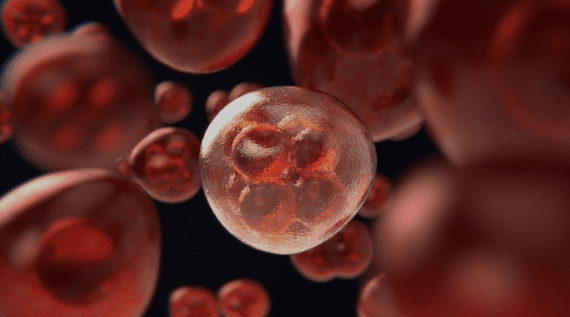Almost after a decade, health officials have spotted the first human case of Bubonic Plague in Oregon. The Oregon state has reported its first case of Bubonic Plague expected to be infected by a cat. According to DD News, contracting the this condition is extremely rare in the United States, with an average of 5 to 15 cases occurring each year in the West.
The infected person is a resident of Deschutes County, a rural part of central Oregon.
The local health officer said, “All close contacts of the resident and their pet have been contacted and provided medication to prevent illness.”
However, the condition of the infected person and their cat is not open yet; the officials have announced that the case was diagnosed and treated on time.
What is a Bubonic Plague?
Bubonic Plague, also known as Black Death, is an infectious disease caused by a particular type of bacteria known as Yersinia Pestis. This infectious disease affects both humans and animals and is spread mainly by fleas. The term “Bubonic” is based on the swollen lymph nodes (buboes) that are also a primary symptom of the condition.
Yersinia Pestis also impacts certain other body parts and leads to different types of plague-like;
- Septicemic plague: It happens when the bacteria impacts all body parts.
- Pneumonic plague: It happens when the bacteria impacts the lungs.
How dangerous is Bubonic plague?
Bubonic plague is a dangerous health condition and has caused numerous deaths. According to the Cleveland Clinic, it caused over 25 million deaths in the fourteenth century. This number was equal to about two-thirds of the entire population of Europe at that time.
Due to its killing properties, the Bubonic Plague was also known as the “Black Death” in the United States and all of Europe. It killed thousands of people from 1346 to 1353. However, in recent times, the numbers have decreased significantly.
Symptoms of Bubonic Plague
Individuals infected with the Yersinia Pestis or suffering from the this infection may experience;
- Pain in arms, legs, and abdomen.
- Sudden chills and fever.
- Swollenand large lumps in the lymph nodes that leak pus.
- Headaches.
Causes
Primarily, Bubonic plague is caused by the Yersinia pestis, an infectious bacteria. Y. pestis is basically spread by the fleas on rodents and other animals. It is a zoonotic disease and can spread from animal to human.
However, the human-to-human transfer of Y. pestis has not been reported. In rare cases, human-to-human transmission is also possible, according to the professionals.
It can be diagnosed by a blood or tissue sample test. The diagnosis of Y. Pestis requires a lab for testing.
Treatment of Bubonic Plague
Professionals can determine the treatment better based on your health condition and medical history. However, normally, patients with this condition need to be hospitalized. Medical professionals usually give antibiotics to the patients.
Antibiotics may include;
- Doxycycline.
- Gentamicin.
- Ciprofloxacin, moxifloxacin and levofloxacin.
Also read: Best Tips to deal with Iron Deficiency











